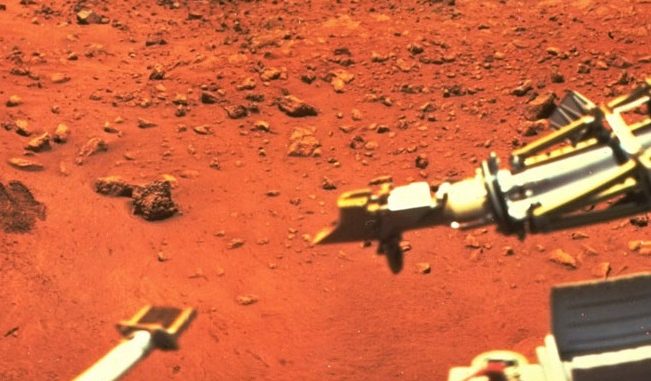
The Red Planet is finally rising before midnight.
Mars will start showing up in the evening sky Saturday (Aug. 13), although finding it will be tough for the first few days. The upshot, however, is that Jupiter, Saturn, and Uranus are still pretty visible during various parts of the dark-sky hours.
Mars will be quite low on the eastern horizon, becoming more visible a few minutes after midnight local time. Luckily, it’s hard to miss that planet, given it glows so red in the dark.
Handily, it won’t be too far from the Pleiades, the name the International Astronomical Union assigns to a cluster of shiny stars in the constellation Taurus. (Your tradition may have other names for these various astronomical objects.)
Your view of the home of the Perseverance rover will be enhanced if you have binoculars or a low-power telescope, but Mars still looks great with the naked eye. Mars will continue to brighten throughout August, in fact, moving from +0.20 magnitude to a more brilliant -0.12, according to our August 2022 skywatching guide.
Uranus is steadily rising earlier, becoming visible in binoculars or telescopes at 10:20 p.m. local time by month’s end, while the evening sky and brilliant Jupiter is getting ready for a close encounter with the moon you can spot with the naked eye Sunday (Aug. 14). Saturn, meanwhile, is reaching opposition and visible all night.
If you’re looking for a telescope or binoculars with which to watch Mars, go to our guides for the best binoculars deals and the best telescope deals now. Our best cameras for astrophotography and best lenses for astrophotography can also help you prepare for the next skywatching sight on your own.






Leave a Reply